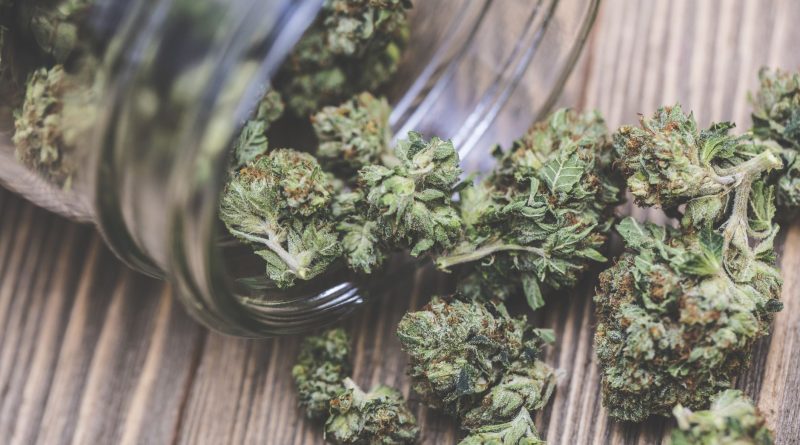Some Basic Facts of Marijuana & Cannabis
Marijuana has no specific drug class, but legally it is considered a Schedule 1 Narcotic by the DEA. This means it’s defined as having a high potential for abuse and no accepted medical use. Multiple states (15 now including Arizona as the latest), disagree with this and have laws on the books legalizing marijuana for medicinal usage.
Low grade marijuana contains 1 to 3 percent delta-9-tetrahydrocannabinol (THC) which is what is typically sold recreationally. THC is widely known as the most active psychoactive agent in marijuana. High grade marijuana known as sinsemilla contains 7 to 8 percent THC and hashish is between 7 and 20 percent. The most concentrated form of marijuana is hash oil which may contain up to 70% THC!
Common terms for marijuana include: reefer, pot, herb, ganja, grass, old man, Blanche, weed, sinsemilla, bhang, hash, tar, hashish, hash oil, chronic, and dagga.
How one feels: People’s experiences with smoking marijuana will vary greatly between individuals. Usually one experiences, relaxation and mood elevation within minutes and about a half-hour later sedation and drowsiness. Periods of contemplative silence are often interspersed with hilarity.
Eating marijuana, whether as high-grade or hashish, takes much longer for the effects to begin. There is a higher tendency for a hallucinogenic response.
Learning and memory function may be affected for a prolonged time period even after the other effects wear off. It takes quite a while for the brain to eliminate marijuana (and its metabolites), so cognitive function may be affected for over a day after smoking or ingesting one dose.
Lethal overdose with marijuana has not been reported. A heavy dose may result in a person feeling fearful or anxious. Even though an overdose has not been seen, it does affect judgment and complex coordination. Hence the biggest concern with marijuana is affected driving skills, hence accidents, and/or dangerous mistakes in judgment.
Marijuana does increase heart rate and places a greater workload on the heart. So there may be interactions with heart or blood pressure medications, but a lot of research needs to be done to elucidate the specifics. There has been one study showing marijuana in conjunction with cocaine can lead to fatal heart problems.
The cannabis plant accounts for all of the psychoactive properties of marijuana. Tetra-hydro-cannabinol (THC) has been reportedly found in the internal organs of an Egyptian mummy from 950 BC. By the 1840s, marijuana was being used frequently to enhance creativity by artists and intellectuals in France.
The original European explorers brought hemp to America for the production of rope and cloth. It wasn’t until the early 20th Century that marijuana began to impact American society directly.
Thanks for reading this post, click here to get more information about marijuana THC: Superstrain

